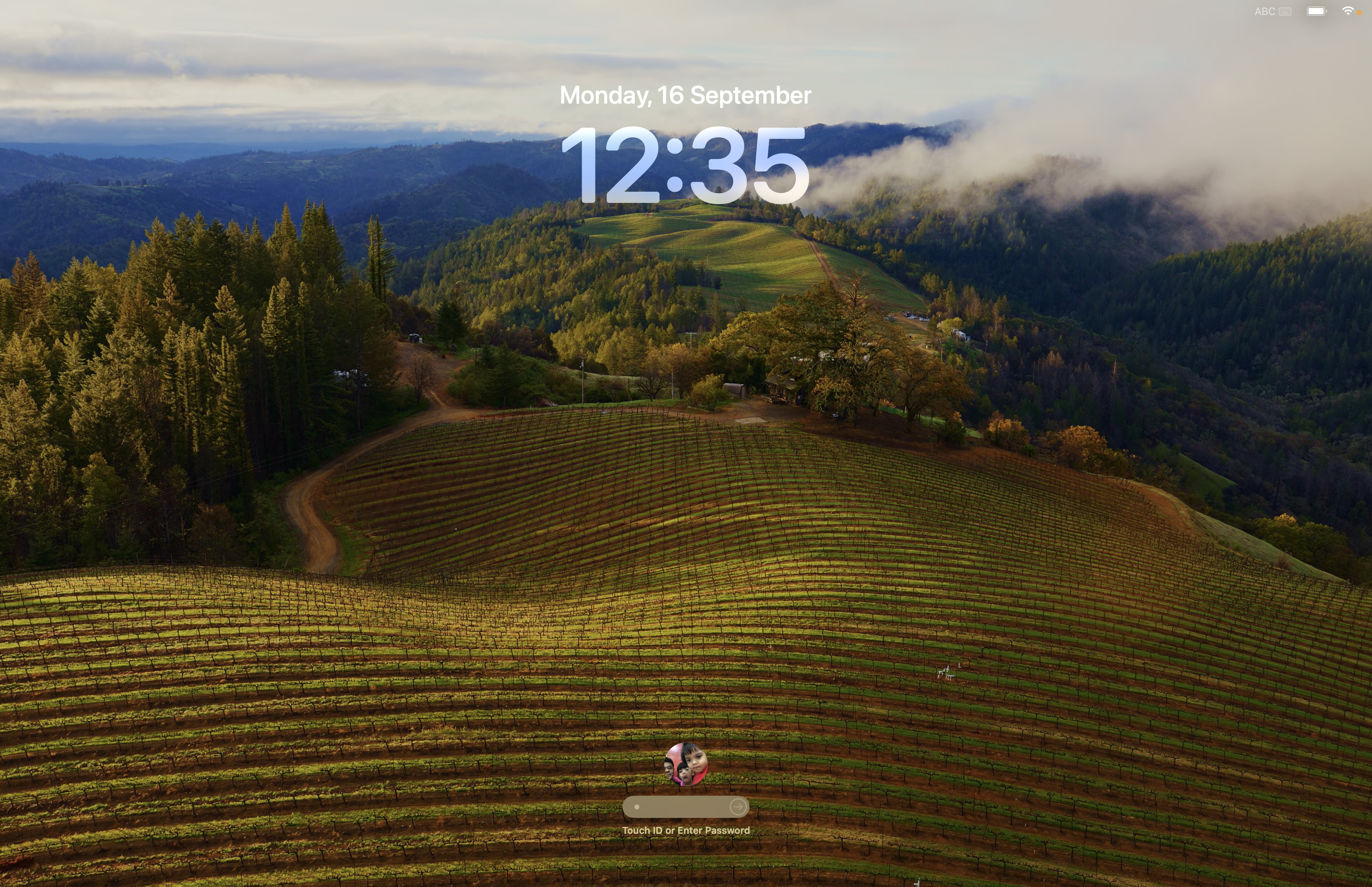HOW TO BREW THE PERFECT CUP OF GREEN TEA
The first sip of green tea is like an oasis of tranquility to your taste buds. It is, as tea connoisseurs would agree, a wonderful way to begin your day. For a single moment in your favorite tea shop, or while cradling your favorite tea cup in the kitchen, you are transported to a tranquil garden, the day’s worries momentarily evaporating, allowing you to breathe in the serenity just as the tea rejuvenates your senses.
Realizing that is precisely why getting the first cup of the day right is so important for any green tea-lover. Nail that perfect cup once, and you won’t want to go back.
In short, brewing the perfect cup of green tea will require three elements, above all else: the right water, the right tea leaves, and – this is key – your attention. Simply dunking a tea bag in a mug and walking away will not result in the experience you’re seeking. Show your tea some love during the brewing process, and it’ll give you heaps of love in return.
Below, find the highlights of what you need to know to brew the perfect cup of green tea.

Choosing the Right Green Tea
Fact: There is a vast variety of green tea to choose from. But you can count on fresh tea leaves producing a quality result. In your search for the right type of green tea, ask questions of who’s selling you the tea. Some green teas are best consumed within a few months of their production date for optimal results, while many others maintain their quality for about a year. The flavors you extract are entirely dependent on how the leaves were processed and how they react to water. If you want to know if your leaves are stale, pay attention to the color of the tea. If it’s too dark, you’ve likely waited too long to use your tea.
Take a world tour of amazing tea

Take a world tour of amazing tea
- Tea you can’t find on the shelves
- Picked fresh & delivered to you
- Tailored to your preferences
- All for under $.30 a cup
Try The Club

Getting the Right Water Quality and Temperature
Though it may not be the most pleasant way to think of it, the flavor profile of your tea depends on how much you’re agitating the leaves. Or, rather, how much water is agitating the leaves. The temperature of your water is what will matter most in determining a tea’s flavor: Pour at a lower temperature (160 degrees) and you’ll extract fewer of the leaf’s nascent flavor notes and end with a more astringent taste; pour at a higher temperature (180 degrees), and you’ll discover a tea that’s extracted more from the leaf. Also important, as you might guess, is the quality of the water you’re using. In short: The fewer the minerals in the water, the better. Because tap water quality varies from city to city, invest in a top-shelf filter like a Brita. Also, never re-boil water that’s been through the heating process, and wait about 30 seconds after heating your water to actually begin pouring over your tea. And, if you really want to be a chemist about it, test your water to make sure it’s in the range of pH
